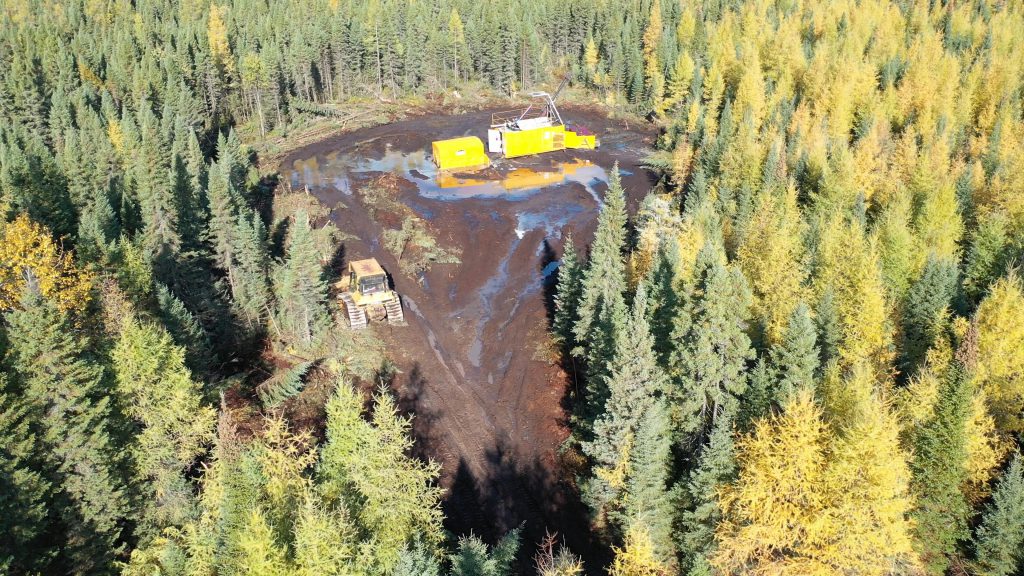Cecilia Jamasmie | July 12, 2021

Crawford nickel-cobalt project in Ontario. Image from Canada Nickel Company.
Canada Nickel Company (TSX-V: CNC) announced on Monday it had filed a preliminary economic assessment (PEA) for the Crawford nickel sulphide project in Ontario, almost a year after exploration drilling began at the asset.

The PEA envisions a conventional open pit mine and mill that will produce both nickel and magnetite concentrates over a mine life of 25 years. The operation is set to generate 2.05 tonnes of carbon dioxide per tonne of nickel-equivalent production in the period — 93% lower than the industry average of 29 tonnes of CO2.
The study includes a downstream processing concept, which sees a third party building a stainless steel plant, likely in Timmins, which would be fed by Crawford’s high-grade product.
Over the 25-year mine life Crawford is expected to produce 842,000 tonnes of nickel, 21 million tonnes of iron and 1.5 million tonnes of chrome valued at C$24 billion ($19bn) using long-term price assumptions. Annual average nickel production of 75 million pounds (34,000 tonnes) with peak period annual average of 93 million pounds (42,000 tonnes), with significant iron and chrome by-products of 860,000 tonnes per annum and 59,000 tonnes per annum, respectively.
THE NICKEL MINE IS SET TO GENERATE 93% FEWER EMISSIONS THAN THE INDUSTRY AVERAGE OF 29 TONNES DURING ITS 25-YEAR MINE LIFE
“We’re talking district-scale potential that would make this the largest base metal mine in Canada once it’s ramped up,” chairman and chief executive Mark Selby said in a May interview. “We’d be the largest single nickel sulphide mine in the world outside Russia. We’ll be bigger than [Vale’s] Voisey’s Bay. This is a pretty significant project.”
Canada Nickel already has a deal with Glencore (LON: GLEN) to potentially use the miner and commodities trader’s Kidd concentrator and metallurgical site in Timmins.
Crawford will be powered by zero-carbon electricity and use trolley trucks and electric rope shovels as part of the company’s efforts to minimize its carbon footprint through reduced diesel consumption.
Being a zero-emissions nickel producer would potentially put the company on Tesla’s radar. The co-founder and CEO of the electric vehicles maker, Elon Musk, offered last year a “giant contract for a long period of time” to any firm able to extract the battery metal in an efficient, environmentally sustainable manner.
Analysts and industry actors alike expect the market for battery-grade nickel to be in a tight balance in the next two to three years as demand from lithium-ion battery producers picks up.
No comments:
Post a Comment